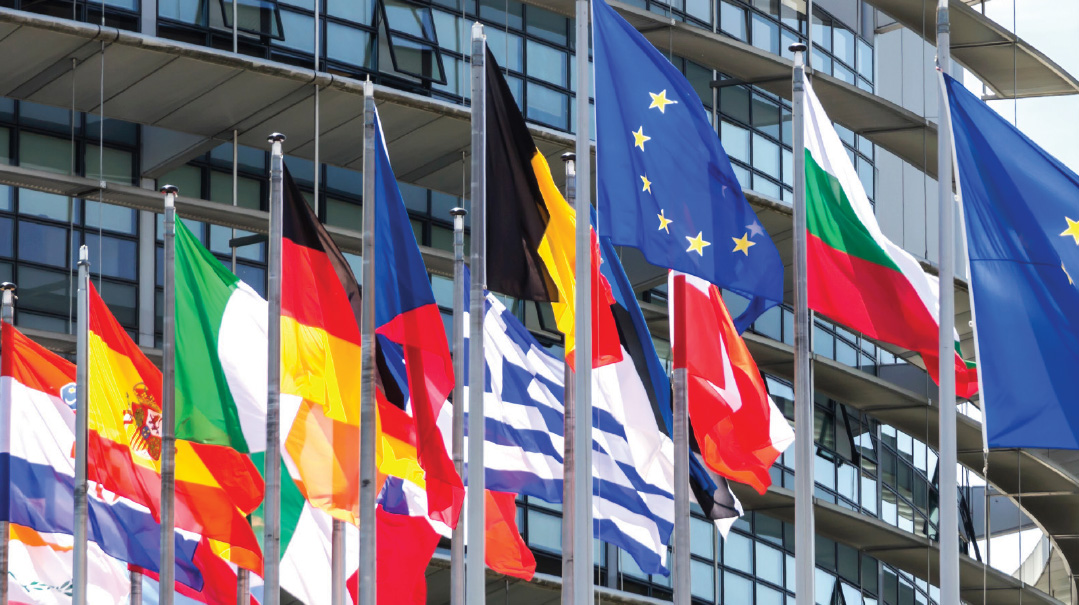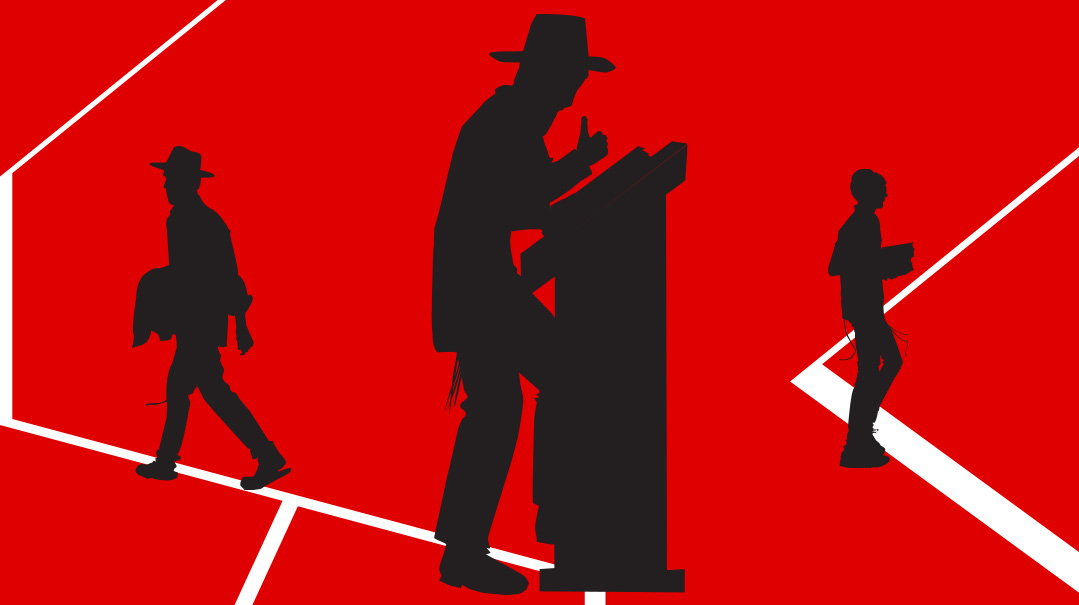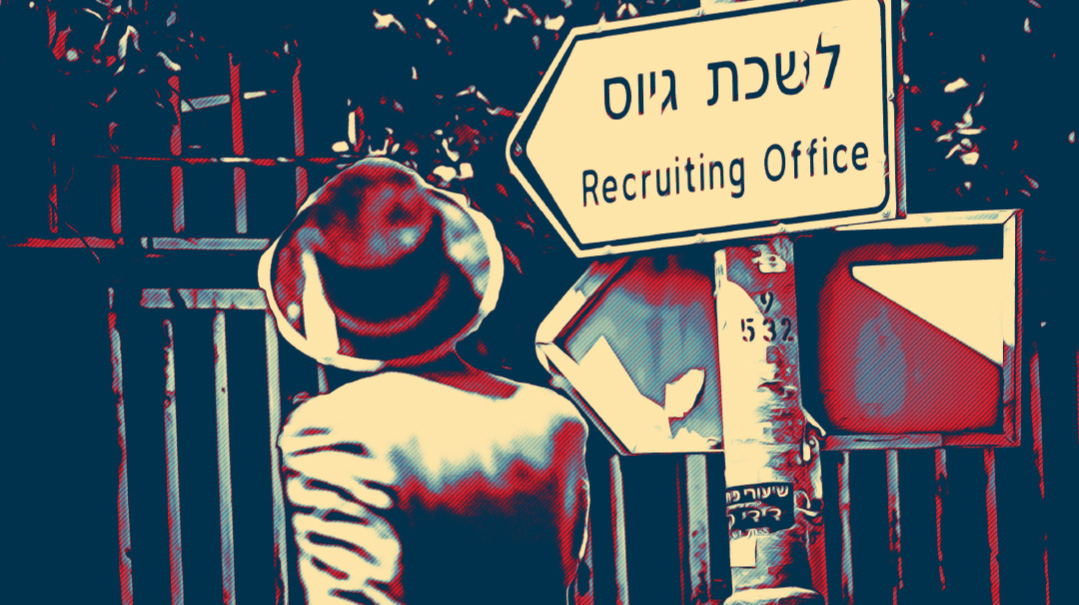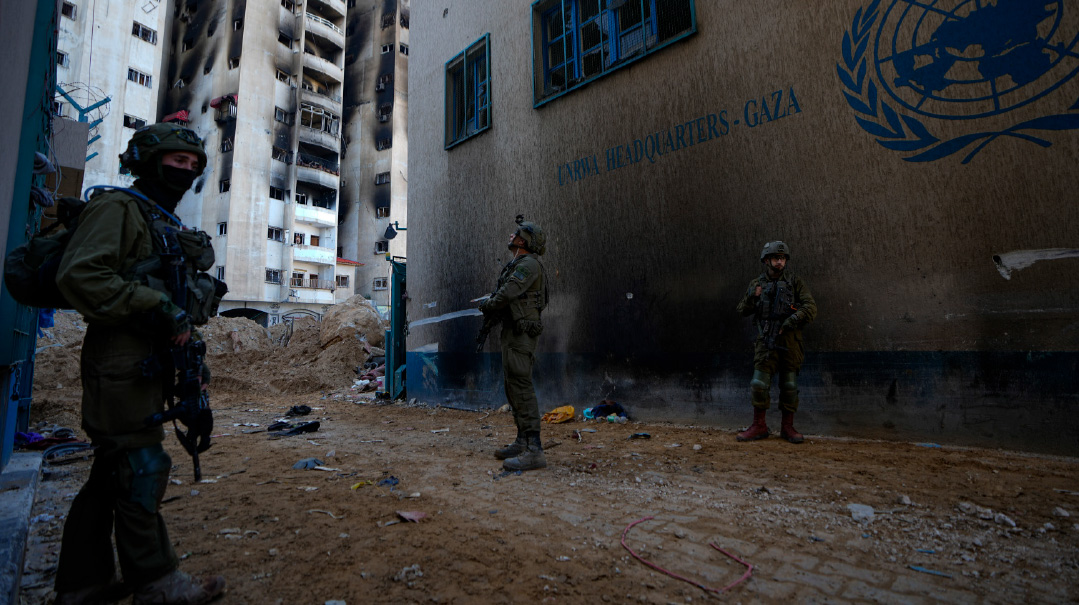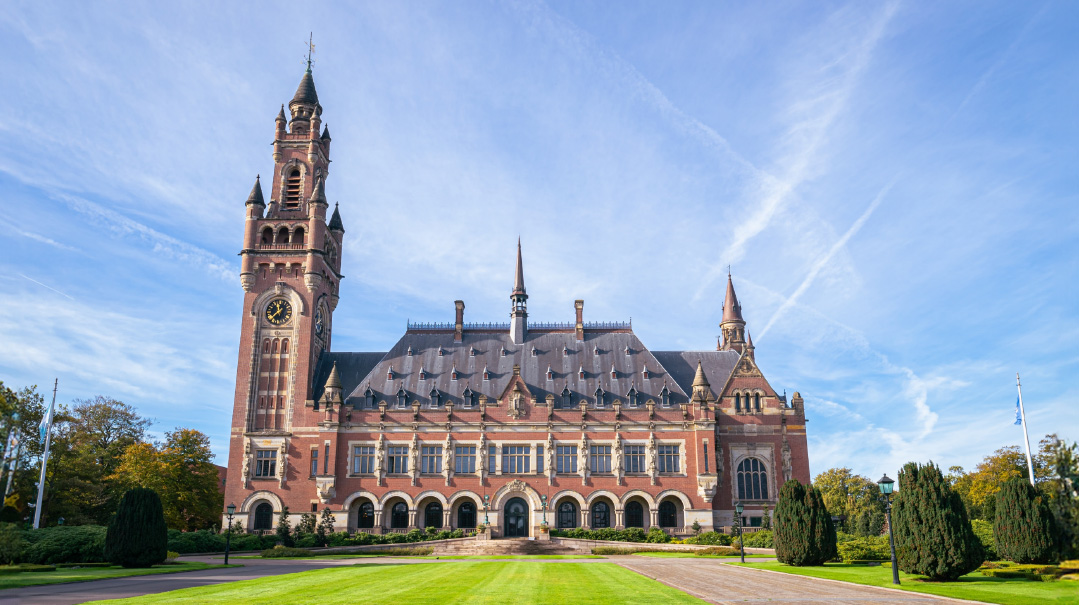Maui: A Preventable Tragedy?

Why did disaster management authorities fail to avert this calamity?
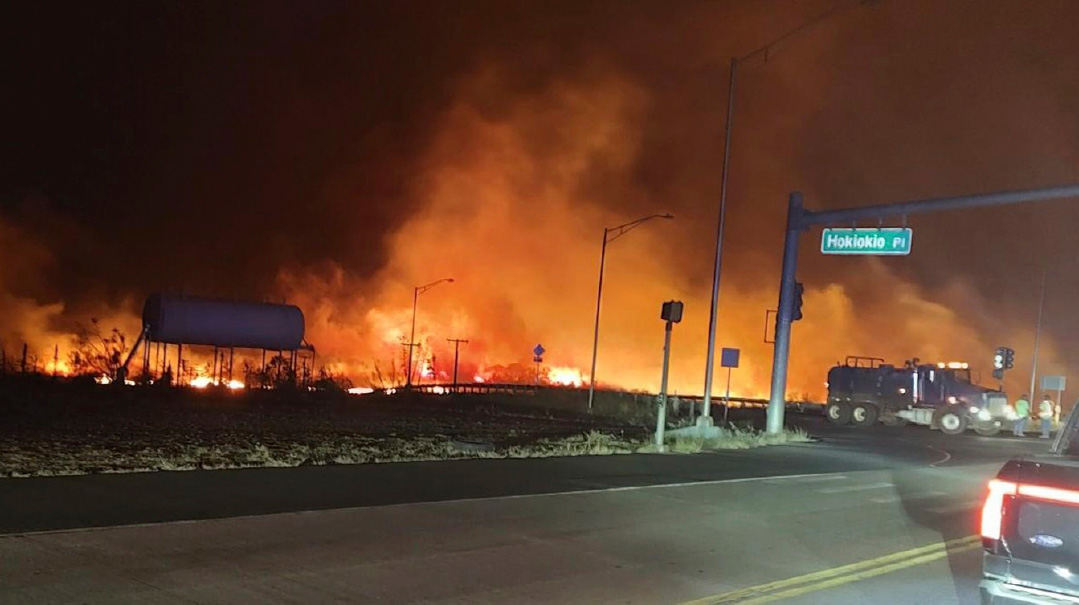
Photo: AP Images
Amid the tranquil expanse of Maui, Hawaii’s second-largest island, an unforgiving wildfire has left a catastrophic toll in its wake. With well over 100 lives believed to be lost and thousands of acres ravaged, this is the deadliest inferno in the United States in more than a century.
While wildfires are capricious and pose undeniable challenges, questions have still emerged: Why did disaster management authorities fail to avert this calamity? As noted previously in these pages, this summer’s high temperatures had greatly increased the potential danger from wildfires around the globe. Were these admonitions treated seriously in Hawaii?
And the biggest question: Could the loss of hundreds of lives on Maui have been prevented?
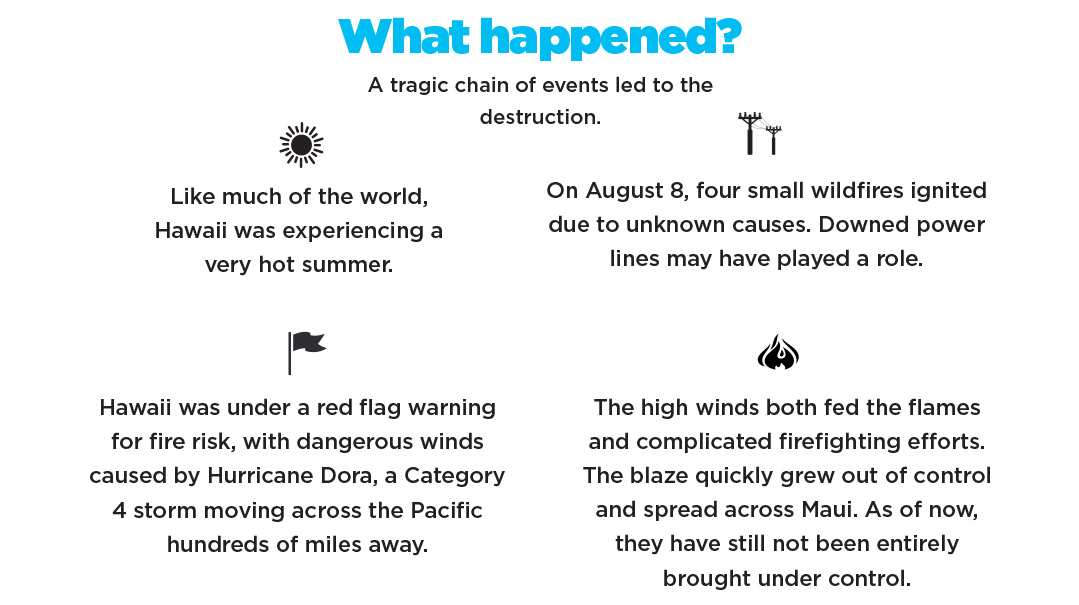
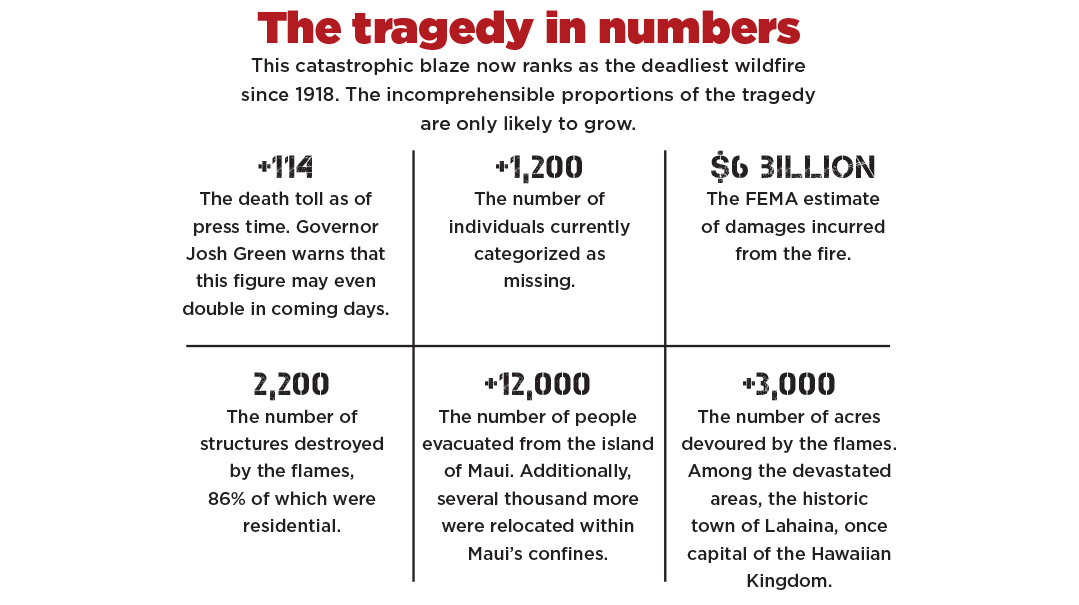
Where Did the Breakdown Occur?
It seems that a natural disaster intertwined with managerial incompetence to produce the tragedy. President Biden pledged to visit, but came in for criticism for his initial response, which came off as insensitive. Questions of human accountability linger.
Minimizing the Menace
In 2022, state authorities ranked the most probable risks of natural disasters in Hawaii. Tsunamis, earthquakes, and volcanoes topped the list. Notably absent was the menace of wildfires, classified as “low priority.”
Silenced Alarms
Maui has built what is touted as the “world’s largest siren network,” with more than 400 alarms. However, the sirens were strangely silent during the fire. Herman Andaya, chief of Maui’s Emergency Management Agency, defended the decision not to sound alarms, citing the fear that people would have headed toward the hills, where the fire was raging. He resigned a few days later, claiming “health issues.”
Delayed Recognition
In certain instances, authorities asserted that fires had been vanquished “100 percent,” when in fact later gusts of wind breathed new life into the flames. Furthermore, the decree for evacuation was not promptly issued, which led to a lethal lag in response.
Operational Unpreparedness
There were only 65 firefighters available for Maui, Molokai, and Lanai. They struggled with scarce water in battling the flames. A strategic fire evacuation map, like the one for tsunamis, was missing.
The Road Ahead
As the island tries to recover, two important aspects stand out in the aftermath.
Economic Impact
Tourism drives more than 40 percent of Maui’s economy, leaving it especially vulnerable to a drop in business. The government has promised $12 billion to support the island’s recovery, but this may not be enough.
The Political Ripple
Hawaii’s Attorney General Anne Lopez wants to look into how political decisions played into the disaster. But Republicans aren’t satisfied with this and are demanding a federal investigation. This has been discussed in the House but is stuck in the Senate.
“Do you want to have the same entity that might have caused harm to investigate the harm? There is a role for the federal government.”
—Representative Nancy Mace (R-SC)
Sources: Hawaii Emergency Management Agency, Politico, BBC, CBS, Reuters, MauiNow.com, CNN, The Independent, The Guardian, NPR
(Originally featured in Mishpacha, Issue 975)
Oops! We could not locate your form.

